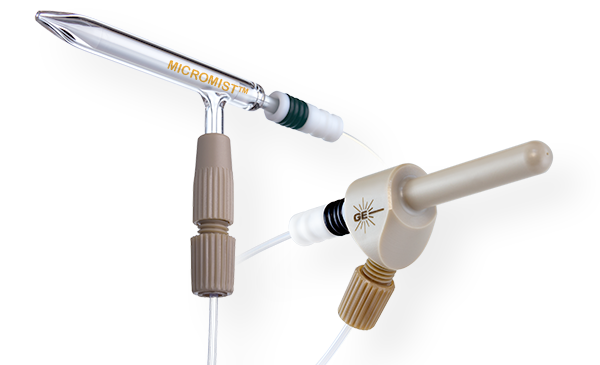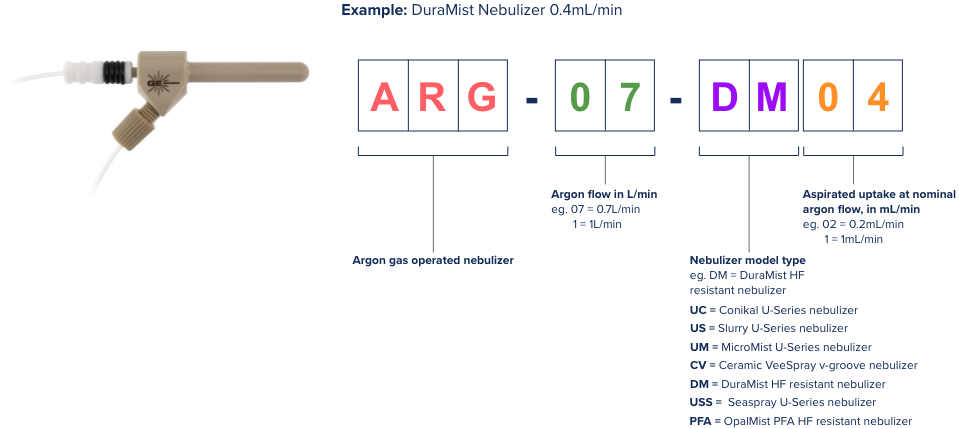Aqueous Solutions without HF for ICP-OES
Aqueous Solutions without HF for ICP-OES▼
Limited Volume?
- Yes▼
-
No▼
High TDS? >5%
-
Yes▼
Particulates? >75µm
- Yes▼
-
No▼
Requirement?
- Best Sensitivity▼
- High TDS Tolerance▼
-
No▼
Particulates? >75µm
- Yes▼
-
No▼
Requirement?
- Best Performance▼
- Routine Operation▼
-
Yes▼
Particulates? >75µm
Aqueous Solutions without HF for ICP-MS
Aqueous Solutions without HF for ICP-MS▼
Limited Volume?
- Yes▼
-
No▼
High TDS? >5%
-
Yes▼
Particulates? >75µm
- Yes▼
- No▼
-
No▼
Particulates? >75µm
- Yes▼
-
No▼
Requirement?
- Best Performance▼
- Low-Level Boron▼
-
Highest
Purity▼
-
Yes▼
Particulates? >75µm
Solutions Containg HF
Solutions Containg HF▼
HF Concentration >5?
- Yes▼
-
No▼
High TDS? >5%
-
Yes▼
Particulates? >75µm
- Yes▼
- No▼
-
No▼
Particulates? >75µm
- Yes▼
-
No▼
Requirement?
-
Highest
Purity▼ - Best Performance▼
-
Highest
-
Yes▼
Particulates? >75µm
Organic Solutions
Organic Solutions▼
Volatile Solvent?
- Yes▼
-
No▼
Particulates? >75µm
- Yes▼
- No▼



